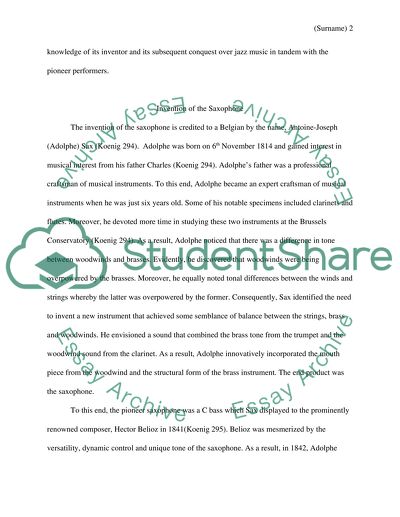Cite this document
(“The Saxophone in Jazz Music Research Paper Example | Topics and Well Written Essays - 1250 words”, n.d.)
Retrieved from https://studentshare.org/music/1461262-the-saxophone-in-jazz-music
Retrieved from https://studentshare.org/music/1461262-the-saxophone-in-jazz-music
(The Saxophone in Jazz Music Research Paper Example | Topics and Well Written Essays - 1250 Words)
https://studentshare.org/music/1461262-the-saxophone-in-jazz-music.
https://studentshare.org/music/1461262-the-saxophone-in-jazz-music.
“The Saxophone in Jazz Music Research Paper Example | Topics and Well Written Essays - 1250 Words”, n.d. https://studentshare.org/music/1461262-the-saxophone-in-jazz-music.


